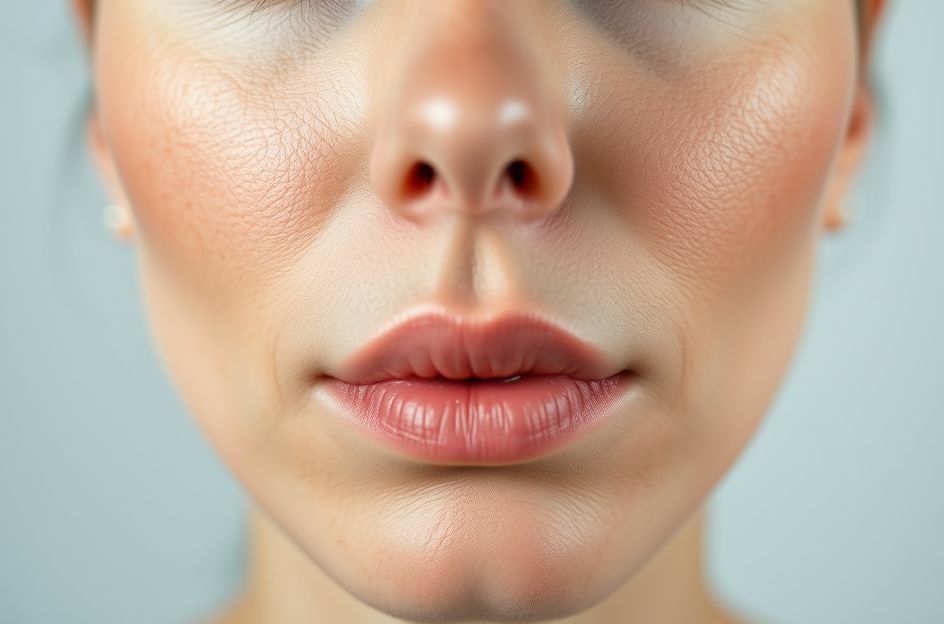Acne, a common inflammatory skin condition, arises from changes in the pilosebaceous units of the skin. The most prevalent type, “acne vulgaris,” occurs when hair follicles become clogged with a combination of oil and dead skin cells. These blockages manifest as various types of lesions, including comedones (blackheads and whiteheads), papules (small, raised bumps), pustules (pus-filled pimples), nodules (large, solid bumps), and inflammatory cysts. Acne typically affects the face, chest, back, shoulders, and upper arms. These lesions are inflamed and often appear as pus-filled, reddish bumps, particularly during adolescence.
Several factors contribute to the development of acne. Hormonal fluctuations, such as those during the menstrual cycle and increased hormone production from the adrenal glands, play a significant role. Other contributing factors include the accumulation of dead skin cells, bacteria within pores, skin irritation or scratching, the use of anabolic steroids, medications containing halogens, lithium, barbiturates, or androgens, and exposure to high levels of chlorine compounds.
Effective acne treatments include benzoyl peroxide, salicylic acid, topical and oral antibiotics, retinoids (such as tretinoin and isotretinoin), adapalene, laser therapy, blue light therapy, and various herbal remedies. The approach to treatment varies depending on the severity of the acne. Non-inflammatory acne can be managed with azelaic acid, salicylic acid, topical retinoids, and benzoyl peroxide. Mild inflammatory acne responds well to topical antibiotics. Moderate inflammatory acne is often treated with isotretinoin and topical retinoids. In females with virilization, contraceptive pills containing cyproterone may be used to address severe inflammatory acne.
Acne often leaves scars behind. Numerous scar treatments are available to minimize their appearance:
* **Dermabrasion:** A high-speed rotary brush removes the top layer of skin, reducing the pitted appearance of scars.
* **Microdermabrasion:** Tiny crystals are blasted onto the skin, followed by abrasion with a specialized tool.
* **Laser Resurfacing:** A laser burns off the top layer of skin to promote new skin growth.
* **Punch Excision:** A punch tool removes the scar, and the edges of the skin are sutured together.
* **Chemical Peels:** Acids like glycolic, salicylic, or lactic acid are applied to the skin to exfoliate and create a smoother surface.
* **Subcision:** A needle is used to release the scar tissue from underlying structures, stimulating collagen production and lifting the scar.
* **Dermal Fillers:** Injectable fillers plump up the scar, making it less noticeable.
Maintaining good hygiene, following a balanced diet, and adhering to prescribed medications are essential for minimizing acne outbreaks, which can ultimately boost confidence and self-esteem.
